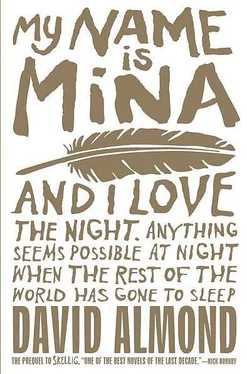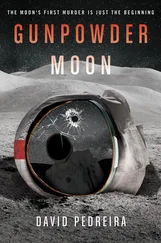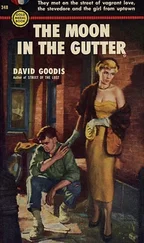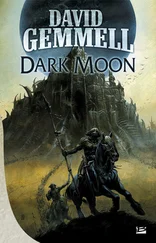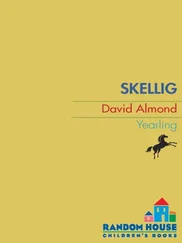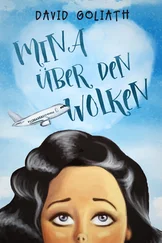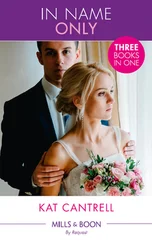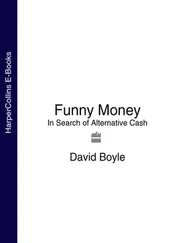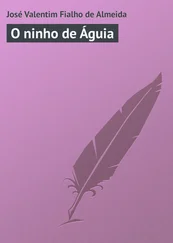“So let’s walk,” she says, “and think about a theory about walks by Paul Klee.”
“Who’s he?”
“One of the great artists of the twentieth century. He said that drawing was taking a line for a walk.”
I thought about that, about the way a pencil point moves across paper as you draw.
“So if drawing is like walking,” I say, “then walking is like drawing.”
“Yes, and if you think of it like that, it allows you to wander and to roam and to explore.”
I smile at the loveliness of that. I imagine our feet leaving a drawing behind us. I swerve and skip to add curves and interest to our drawing.
“People said that Klee’s paintings looked like they could have been done by a child,” she says. “Some people hated them. The Nazis, for instance. Burn the lot! they said.”
I listen, and I think some more.
“Maybe writing’s like walking as well,” I say. “You set off writing like you set off walking and you don’t really need to know where you’re going till you get there, and you don’t know what you’ll pass along the way.”
She smiles.
“So writing’s like taking some words for a walk,” she says.
“It is.”
We walk on, close together, our feet moving in rhythm with each other’s. I imagine each step as a syllable, and I breathe the words as I step along.
Each word is a step a-long the way to I don’t know where
“Picasso loved Klee’s work,” Mum says. “He said it took years to learn how to paint like a master, and a lifetime to learn to paint like a child.”
It’s so strange: grown-ups trying to become young, young ones trying to grow up and all the time, whatever people want, time moves forwards, forwards.
I walk the words.
A life-time to learn to paint like a child
A life-time to learn to paint like a child
“Wordsworth used to write as he walked,” she says.
“Did he?”
“Yes. He said that the rhythm of walking. helped him to find the rhythms of his poetry.”
“Makes sense.”
“It does.”
To write is to take some words for a walk
The words foll-ow the rhy-thm of the feet
The feet foll-ow the rhy-thm of the words
To write is to take some words for a walk
“And walking’s also a kind of meditation,” she says.
“Is it?”
“Yes. Meditation’s often about sitting very still and keeping the mind very still.”
“Like I do in the tree sometimes?”
“Yes. But there is also walking meditation. You concentrate on every step. You think of nothing else. You do nothing but walk. You hope to become clear and calm.”
We try it. We walk side by side along the pathway through the park. Now I don’t think about words or lines. I try to think of nothing but taking one step then another step then another step. We breathe slowly and regularly.
“Now think about nothing,” she says. “Just walk while you walk.”
But as we walk through the park, I suddenly can’t help thinking of the tunnel underneath and I get agitated instead of calm. Mum knows somehow. She stops. She looks at me. She waits. I find myself telling her about the day that I ran out of school and went down there all alone and saw the man and the dog. I tell her I thought I’d be able to go down there and bring Dad back, that I was trying to do what Orpheus was trying to do. I manage to laugh about it as I tell her.
“I must have been so stupid,” I tell her. “I must have been so young.”
I keep on trying to laugh, but I’m nearly crying now.
She holds me tight.
“You should have told me at the time,” she says.
“I’m telling you now.”
“And you really saw a dog?” she asks me.
“Yes. A man and a dog. I thought the dog was Cerberus. I thought the man was some kind of guardian of the Underworld. I thought I was going down to Hades!”
“Oh, Mina!”
I manage to laugh again.
“He was probably just one of the workmen,” I say. “The dog was probably just a stray.”
I even manage to giggle now.
“Take me further, feet,” I say, and we keep on walking in the light as I remember walking in the dark.
“I thought if I kept on walking and walking,” I tell her, “I’d see Pluto and Persephone!”
“Oh, Mina! What a girl!”
“I had it all planned in my mind, I think,” I say.
“And what would you have said to Pluto and Persephone?”
I laugh.
“Give him back! Give him back!”
She shakes her head.
“Give him back!” she murmurs.
We keep on walking. We’re silent for a while. We listen to the birds and the city all around us.
She asks if I’m OK, if I’m really OK.
“Yes.”
I want to shut up but I find myself telling her about Sophie’s visit as we walk.
“That was nice of her,” says Mum. “Maybe she’ll come again.”
“Maybe.”
“Maybe she could be your friend again.”
I shrug.
“Maybe.”
And I want to be clear and calm but I find myself thinking about the boy from the family standing in the street, and I find myself telling her about him, too.
“And does he look interesting?” she says.
I shrug.
“Maybe.”
She smiles and seems about to say something more, but then she just takes my hand and squeezes it and says, “I’m sure he is.”
I turn my mind away from the underworld and from Sophie and the boy. I concentrate on the calming rhythm of walking.
My feet will take me where they wish to go
My feet will take me where they wish to go
My feet will take me where they wish to go
As I breathe the syllables at every step, the rhythm turns the words into a kind of music. The walking turns into a kind of walking dance.
We don’t ask each other where we should walk, but we walk upwards, on the pathway by the stream that runs through the park. It rushes and gurgles at our side. A road bridge carries noisy traffic over us. We pass a little field where boys are playing football and yelling wildly at each other. “Cross it! To him! To me! On me head! Yesss! Oh, no!” We come to the little petting zoo where there are little goats with little horns and potbellied pigs and beautiful glistening noisy peacocks. There are tiny children sitting in buggies, and toddlers holding their mums’ hands. They lean down and whisper to the goats and pigs, just like I once did, and I watch, and it’s like looking back through time. I think of the new baby in the street. I think of the baby as “she.” She will come here, before too long, to lean down and whisper at the goats and pigs. Maybe I will bring her here. Maybe I will hold her hand and walk with her through the park and take her home again. I catch my breath at the joy of the thought of that. A little girl in our street. A little girl to be my friend!
We walk again. We climb the path towards the exit from the park. The birds are noisy in the hedges and the undergrowth. We step through the park gate. There’s a parade of small shops outside. A hairdresser named Kurl Up ’n’ Dye, a Chinese takeaway named Wok This Way, and Pani’s Pizza & Pasta Place.
We keep on walking. We don’t ask where we should walk to but we both know where we’re going now. We pass the shops. We walk by a busy road.
The traff-ic is so noi-sy at our side
The traff-ic is so noi-sy at our side
The traff-ic is so noi-sy at our side
We arrive at another set of massive gates and we step through into the graveyard. We pause for a moment. So many graves, so many bodies, so many souls, so many people gone. Rows and rows and rows of them. And monuments, and angels, and crosses, and flat tables, and carved names and dates, and pots with flowers in them, and a great big sky above. And people like us, walking slowly by the graves, standing still, leaning down at particular ones, whispering and praying.
Читать дальше
